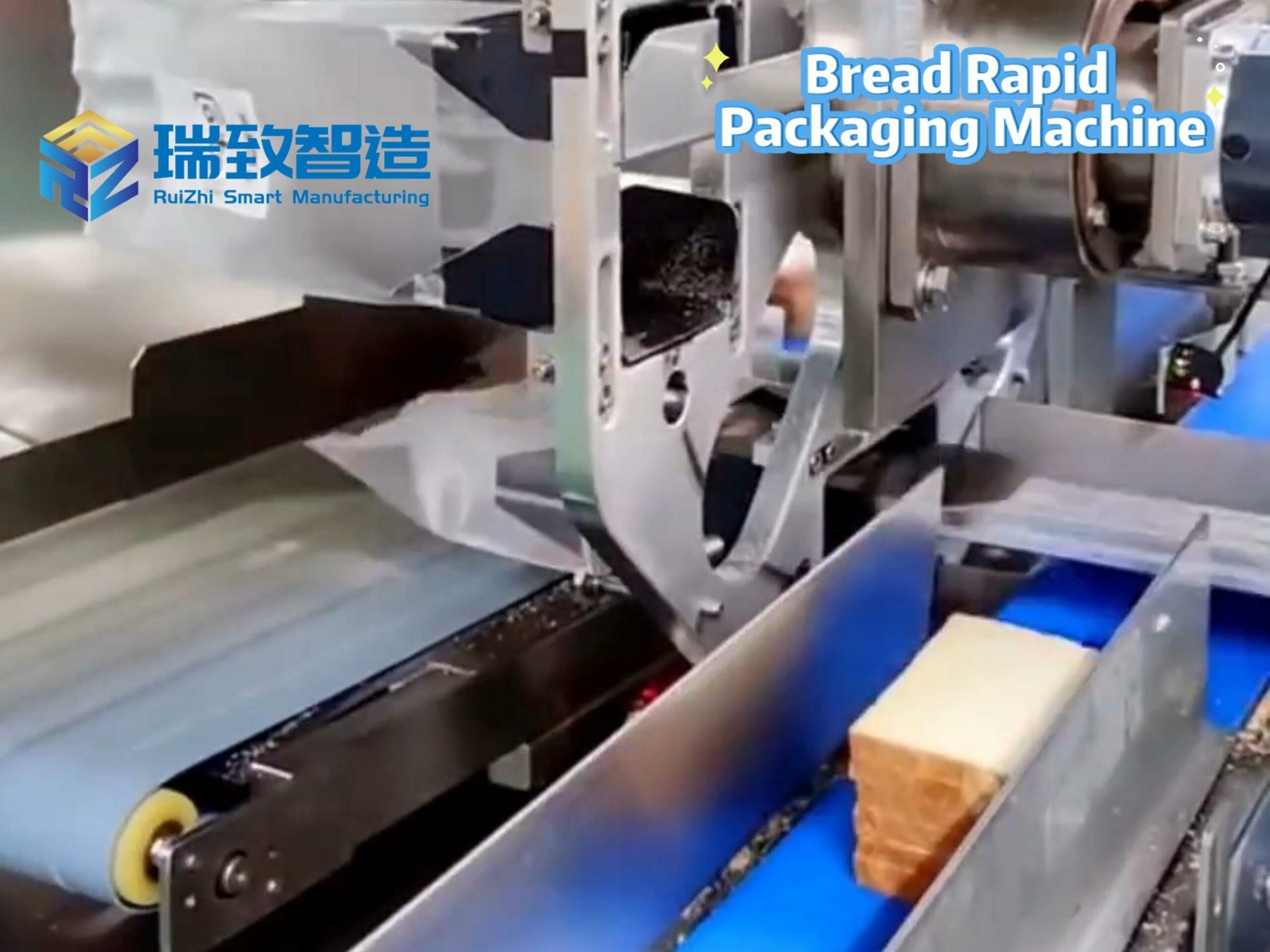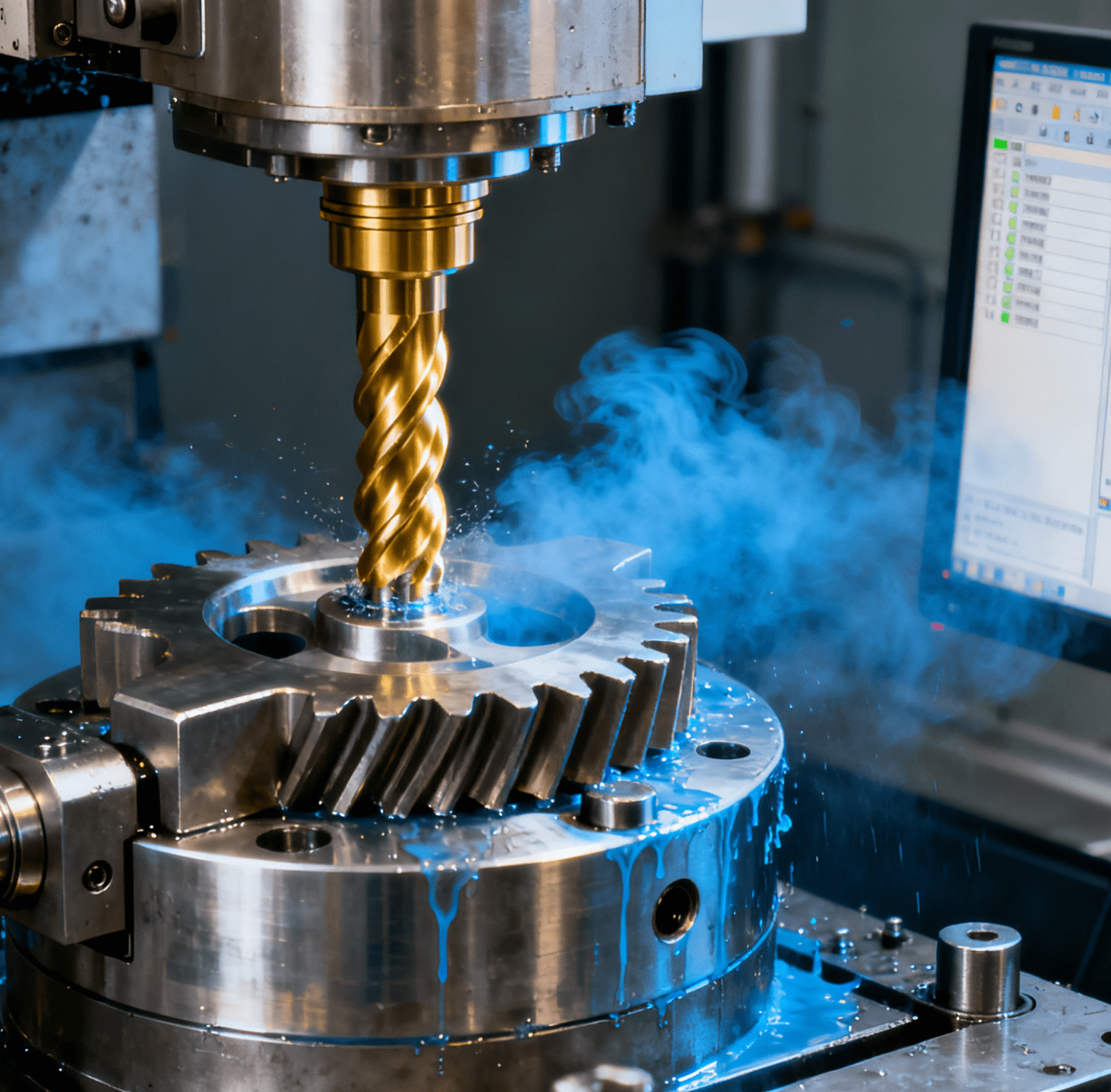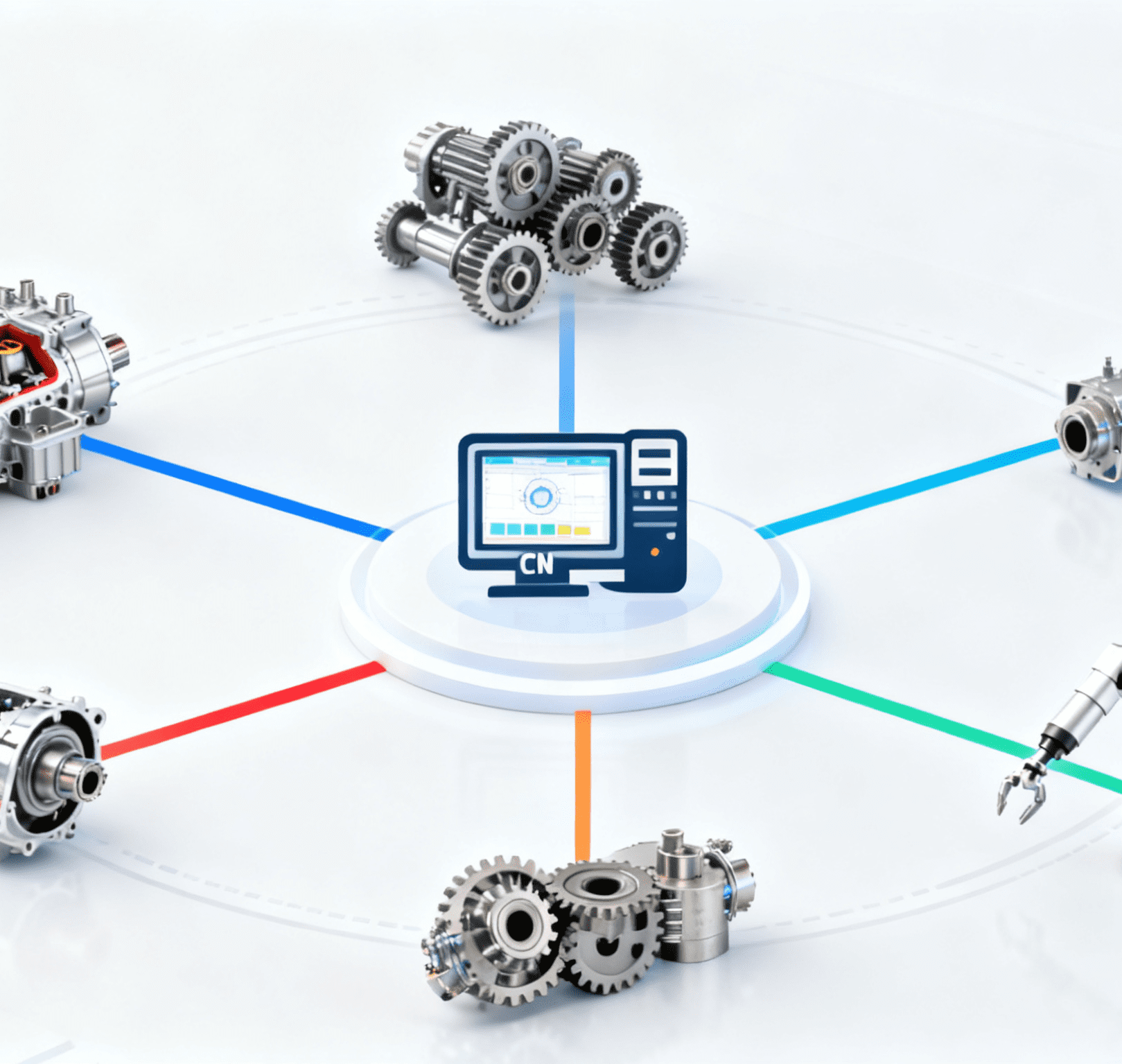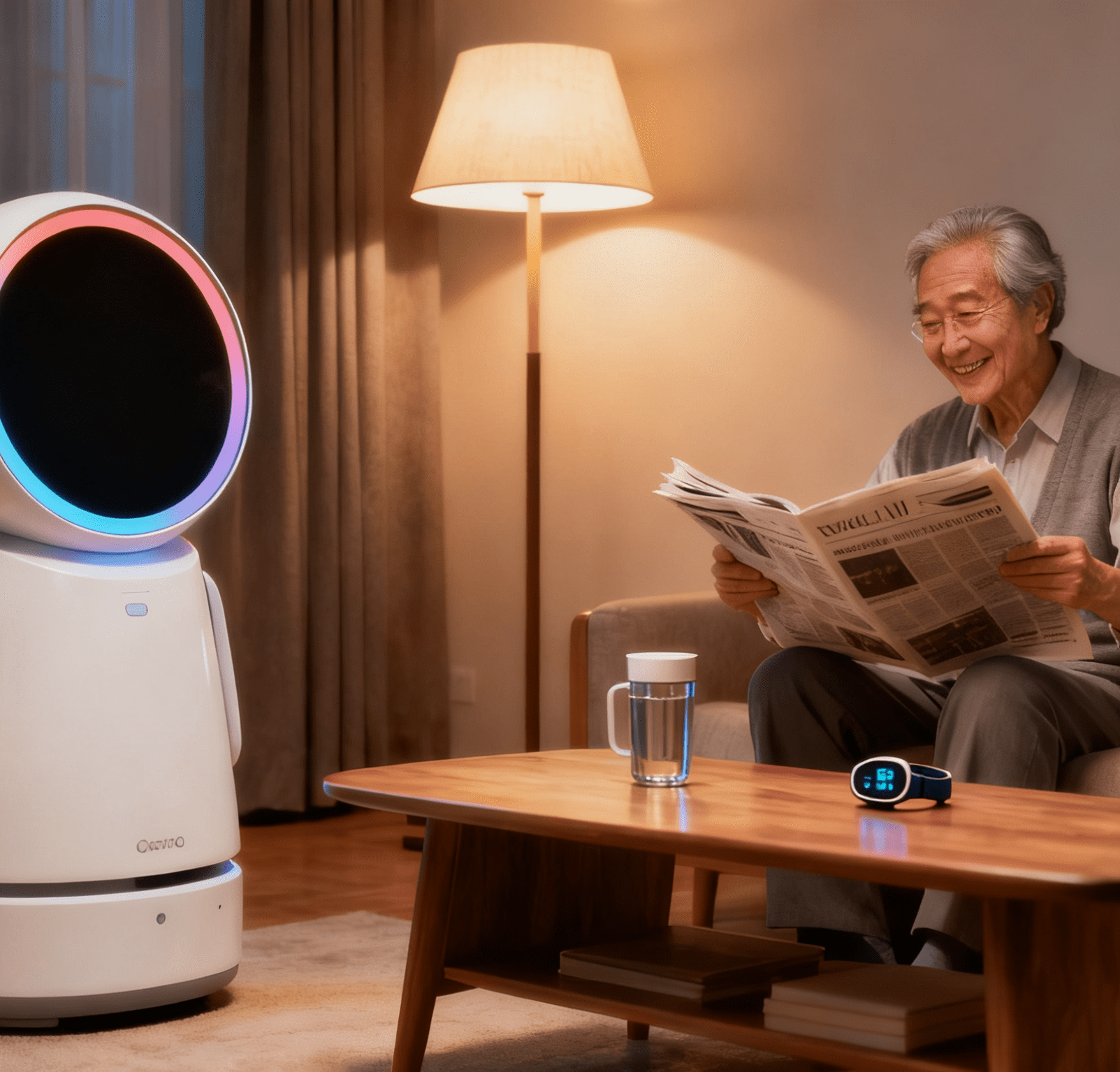Table of Contents
ToggleTrying to Stay Sane in the Age of AI and Intelligent Automation

A machine learning engineer’s quiet rebellion against the noise of industrial automation and AI-driven productivity
A Quiet Brunch, Loud Machinery of Modernity
It was a Saturday. My baby girl babbled happily as my mom and I wandered the city, a rare pause in the relentless hum of intelligent automation. We found a sunlit brunch spot, ordered pancakes, and settled in—only to be surrounded by conversations about AI’s takeover of the job market and the latest industrial automation tools reshaping factories. To my right, three professionals debated whether robots would replace human creativity; behind me, tech enthusiasts praised AI tools as the “future of work,” their voices blending with the clatter of coffee cups. My phone buzzed: three newsletters about automation equipment and AI-driven efficiency upgrades, each headline promising to “revolutionize your workflow.”
As a machine learning engineer immersed in designing automation equipment, I can’t dismiss this wave—it’s the foundation of my career. But lately, the pressure to “keep up” with every algorithm, every industrial automation trend, feels like a treadmill I can’t step off.
Drowning in a Sea of Algorithms
It’s not just the pace of AI tools or the nonstop chatter about intelligent automation. It’s the dizzying sense that everyone—from influencers to executives—is shouting about “disruption” and “efficiency,” often without pausing to ask: At what cost? Conversations swing from prompt engineering to multi-agent systems as if industrial automation trends are just another social media fad. Every time I think I’ve mastered a tool, a new one emerges—like a factory’s automation equipment upgrading overnight, leaving me scrambling to retrain.
A few years ago, I tried writing about RNNs and Transformers, only to rewrite the same draft monthly as the field evolved. Today, the cycle hasn’t slowed: I consume endless content about AI but rarely take time to create anymore. My days are split between debugging automation equipment and scrolling through AI newsletters, my attention fragmented like code with too many broken loops. Even “digital detoxes” fail; my phone, a gateway to both work (monitoring automation equipment status) and life (daycare updates), keeps me perpetually half-present.
I’m not deepening my expertise—I’m just maintaining a surface-level familiarity with the next big thing in intelligent automation.
The Rebellion of a Personal Filter
Worst of all, the noise began eroding my ability to think independently. AI podcasts and Twitter threads don’t invite dialogue—they dictate. It’s easy to confuse passive consumption of automation equipment trends with active learning, but true understanding requires reflection. Scrolling through “insights” on industrial automation is no different from mindlessly watching TikTok; both leave you drained, not enlightened.
So I’ve started rebelling in small ways. I’ve built a “personal filter” to sift through the noise of intelligent automation: not to reject progress, but to protect the part of me that questions, creates, and dares to prioritize human values over algorithmic efficiency. When I write—whether coding a new protocol for automation equipment or drafting a blog like this—I force myself to slow down. Putting thoughts into words reminds me that AI and industrial automation are tools, not masters. They exist to serve human ingenuity, not replace it.
Deep Work in a Noisy World
Lately, I’ve returned to Deep Work by Cal Newport, a book that now feels less like advice and more like a survival manual for the age of automation equipment. Newport’s core message—prioritize focused thinking over constant reactivity—resonates fiercely when every news alert screams about AI’s latest “breakthrough.”
Here’s my revised plan:
- Write to think, not to perform: Use writing as a tool to clarify ideas about intelligent automation, not just document them.
- Slow down the scroll: Treat industrial automation trends like a buffet, not a mandate—sample selectively, digest thoroughly.
- Guard quiet hours: Protect time to tinker, experiment, and yes, daydream. Even automation equipment needs maintenance; why shouldn’t our minds?
In a world where every industry is measured by “efficiency” and “output,” choosing stillness feels radical. But as I watch my daughter explore the world with curious, unrushed eyes, I’m reminded: Innovation begins not with the fastest code, but with the courage to think deeply, unrushed, and human.
The future of intelligent automation and industrial progress may be driven by machines, but its soul will always belong to those who dare to stay sane—one quiet thought at a time.




















